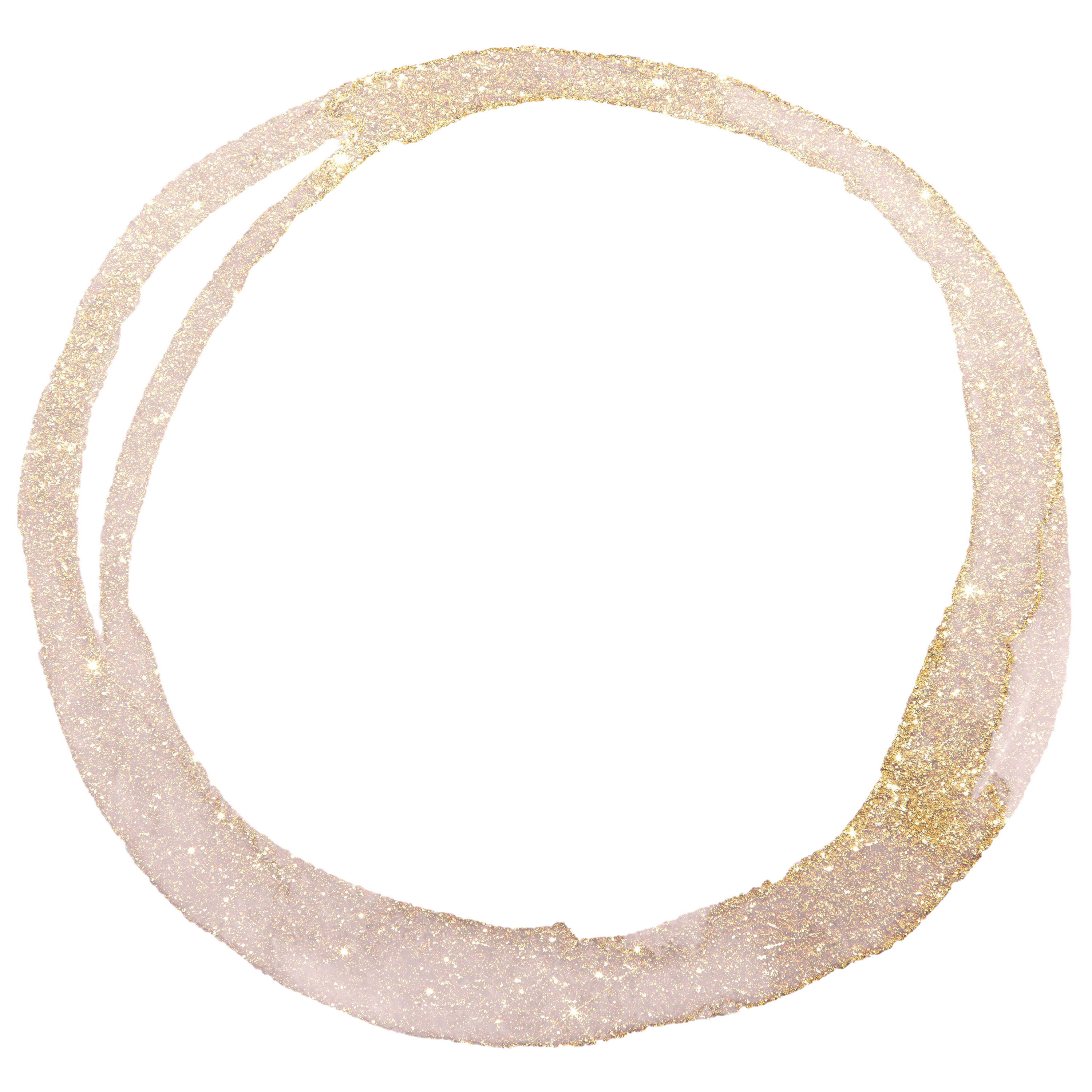Island Living
The Totora is a water-resistant plant that grows in lake Titicaca and is used to make boats, houses, roofs, mattresses and more. Totora, called the "lake banana" by the locals, is also a food and medicine, and its flowers are used to make tea.
Totora is also used by the indigenous Uros people to make islands where they once took refuge from the attacks of the Incas.
“Hundreds of years later, there are now about 120 of these constructed islands, with around 1,300 people living on them. The Uros Islands are one of the world's most innovative feats of human engineering.”
The Uros first gather large blocks of totora roots, which often float to the surface during the rainy season. The reeds are harvested with scythe-like tool that is long enough to reach deep into the water where the base of the plant is. The reeds take 1-4 weeks to dry in the sun. They are laid in alternating laters on top of root blocks.
Multiple blocks are pulled together and the roots and reeds mix naturally to form a layer about 1-2m thick, called khili. This becomes the ground of the islands each of which is home to two to six families.
To make sure the islands do not drift away, eucalyptus rods are stuck into the bottom of the lake as anchors and are tied to the root blocks using rope.
“Every 15 to 20 days, the totora reeds rot and need to be replenished with fresh ones. It's a laborious, endless cycle that is essential to the islands and the Uros' survival on them. The islands and homes are in a constant state of flux, of creation and decay. This ephemerality is magical.”
https://www.bbc.com/travel/article/20220814-the-floating-homes-of-lake-titicaca

